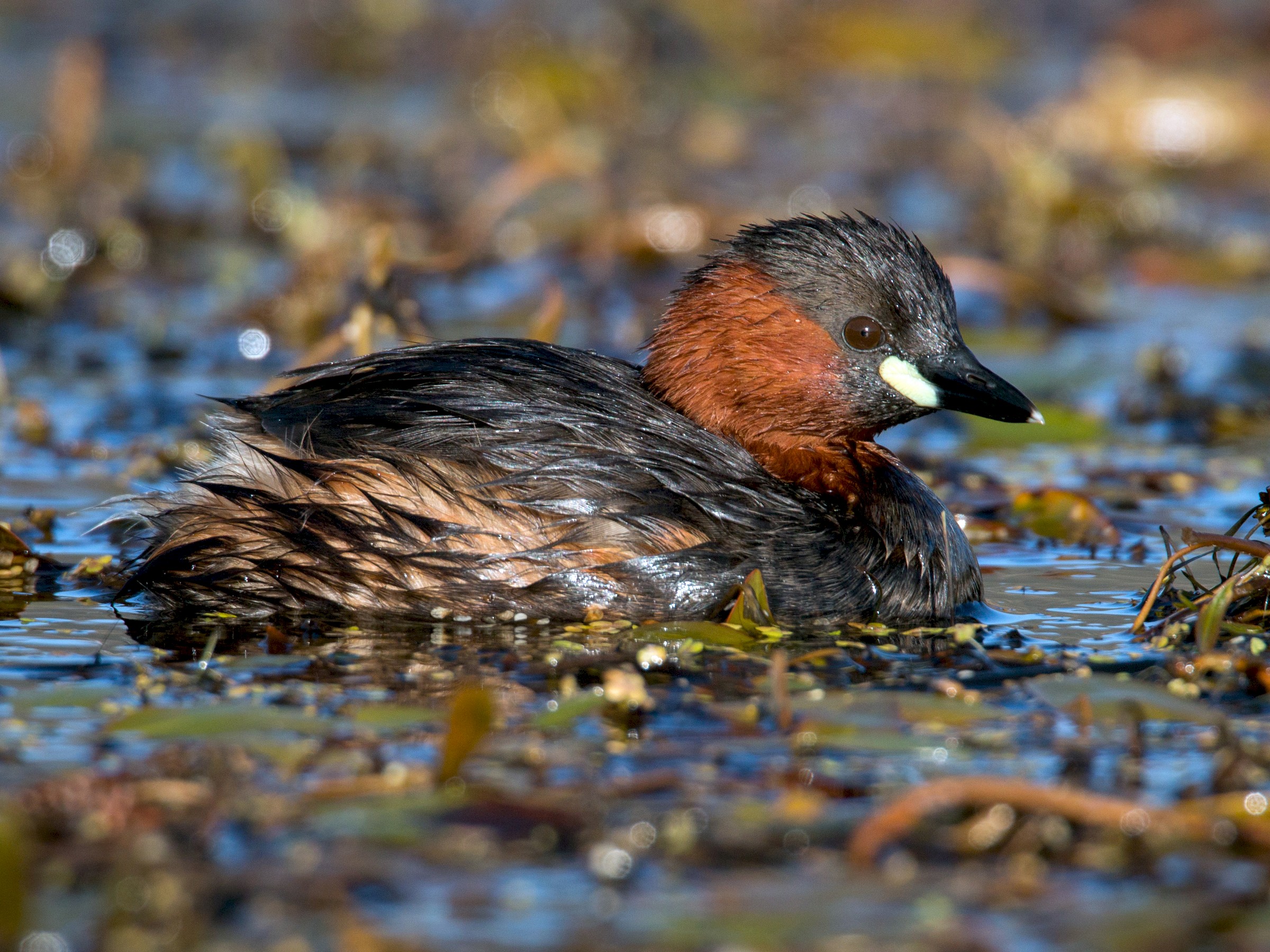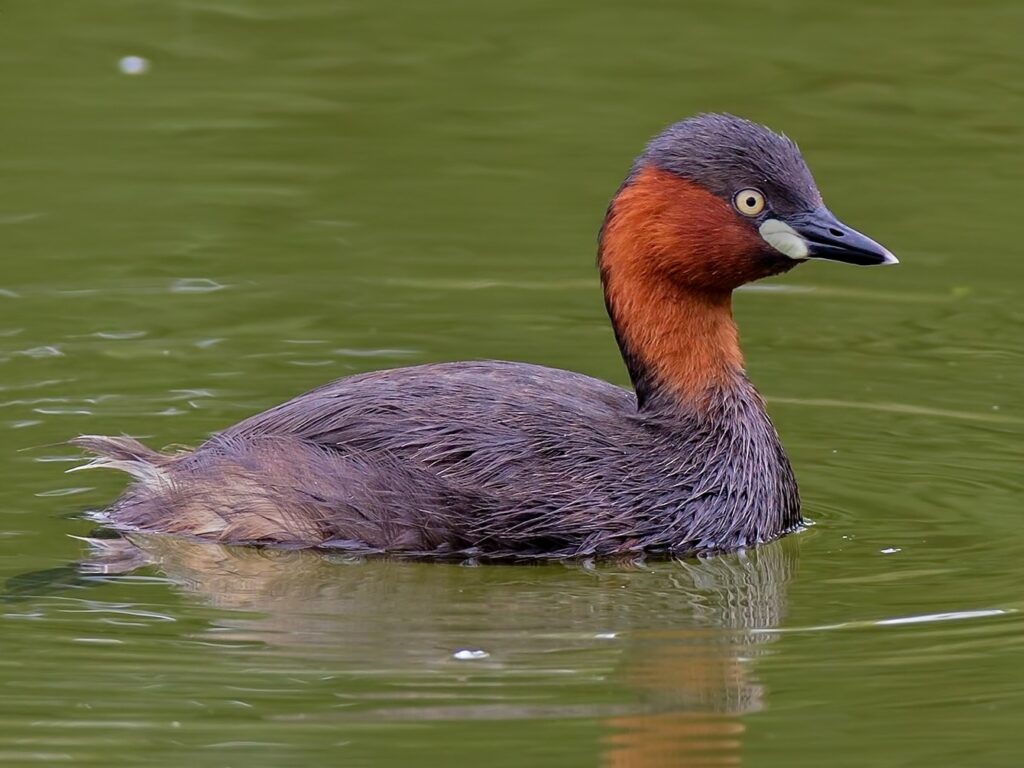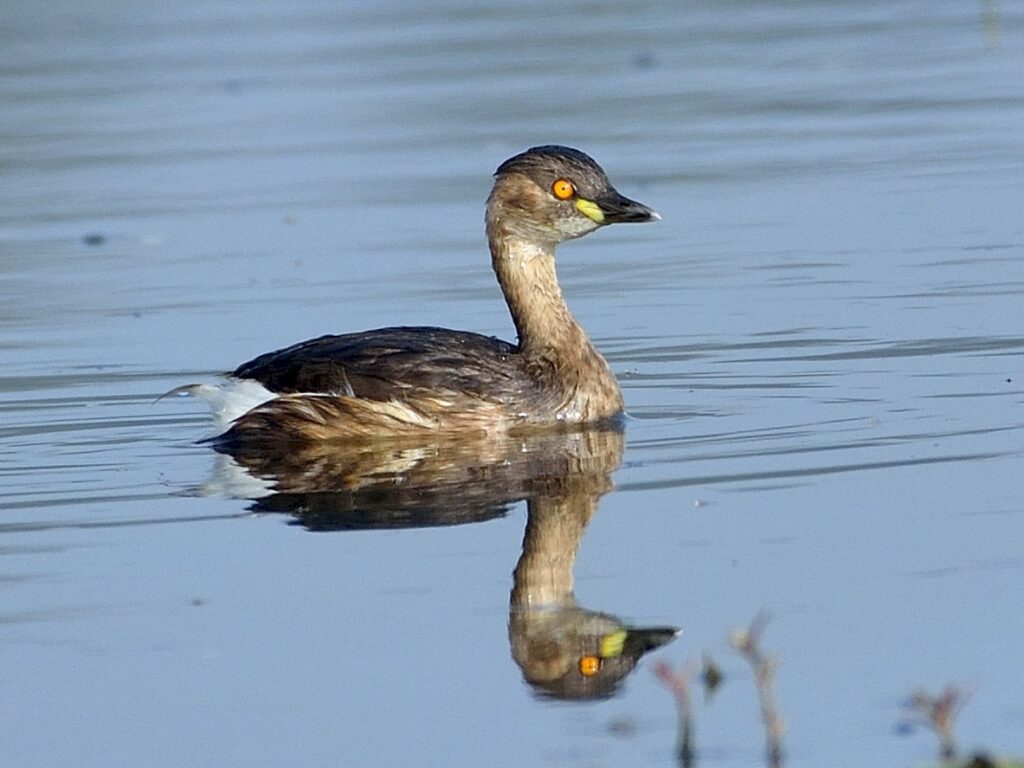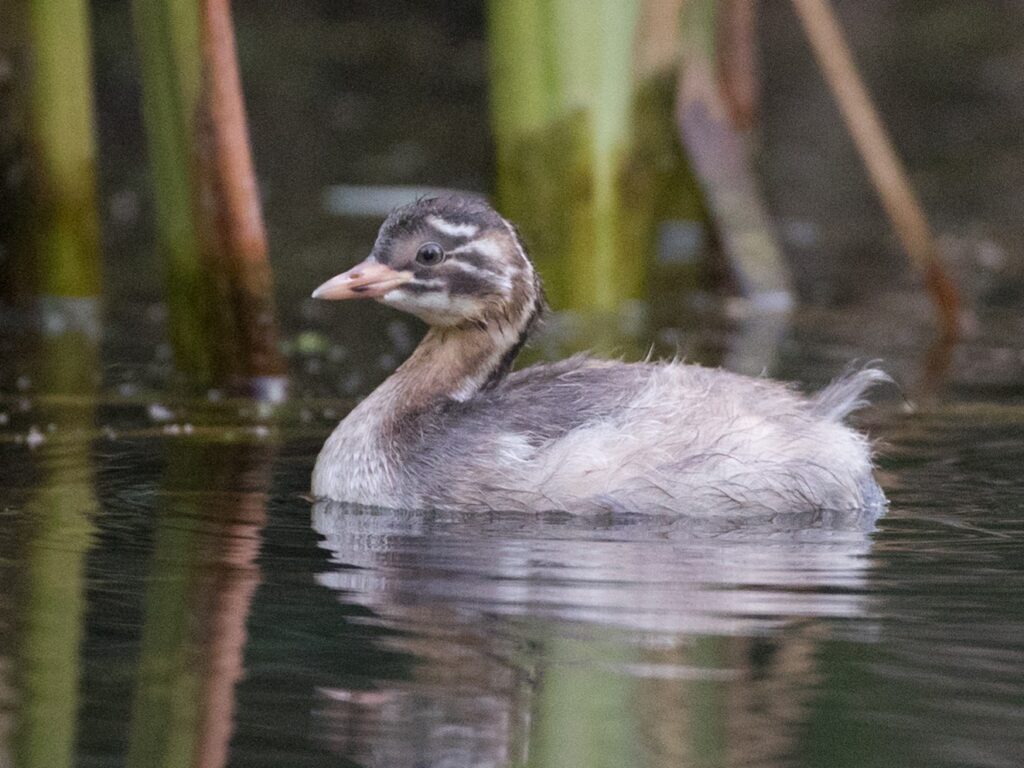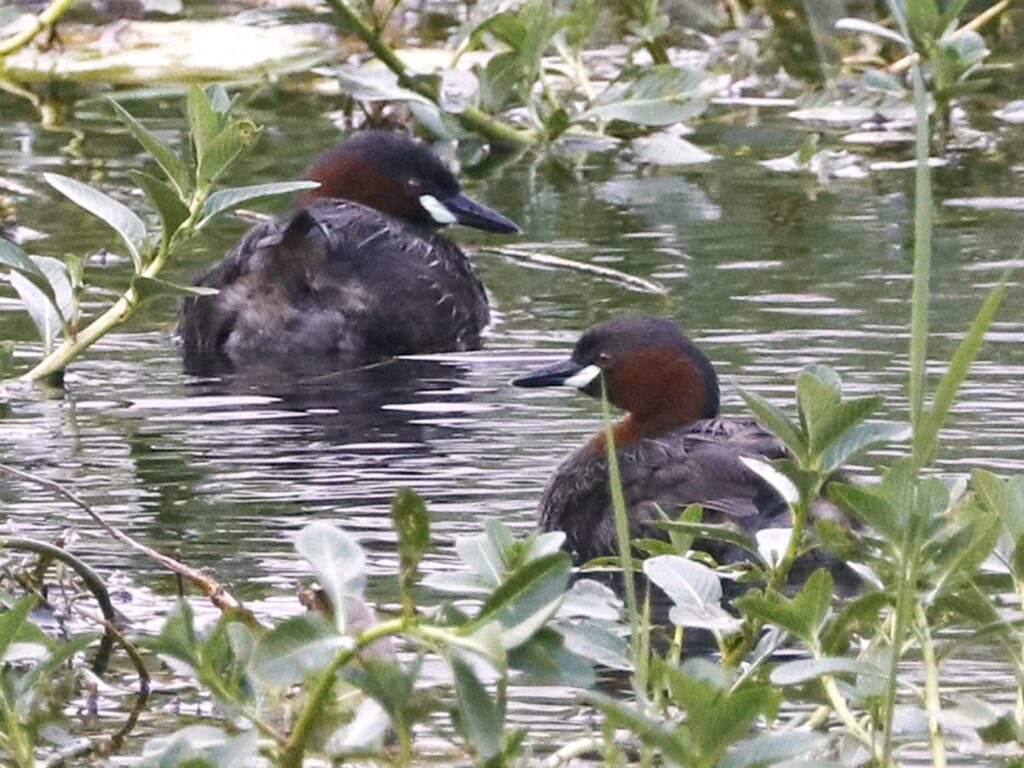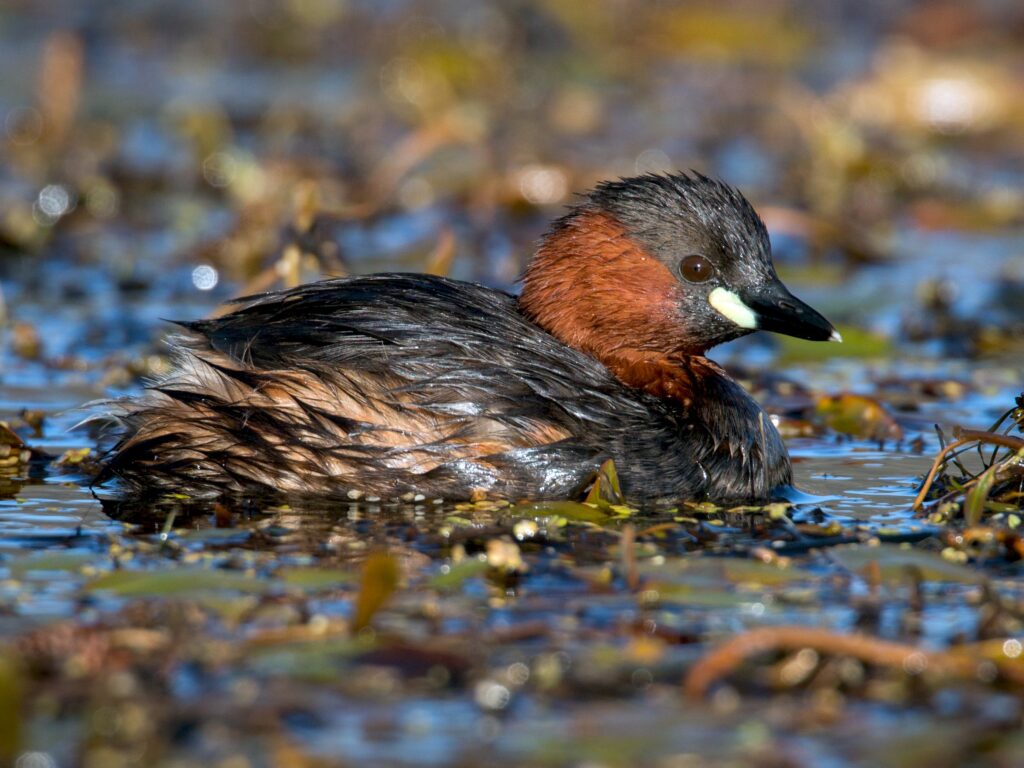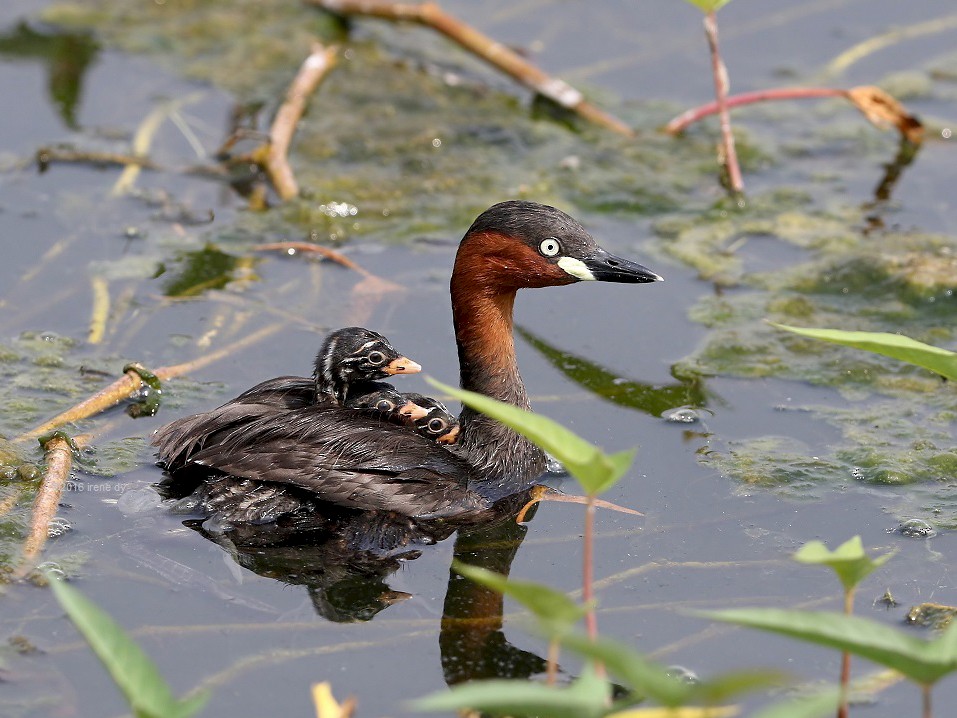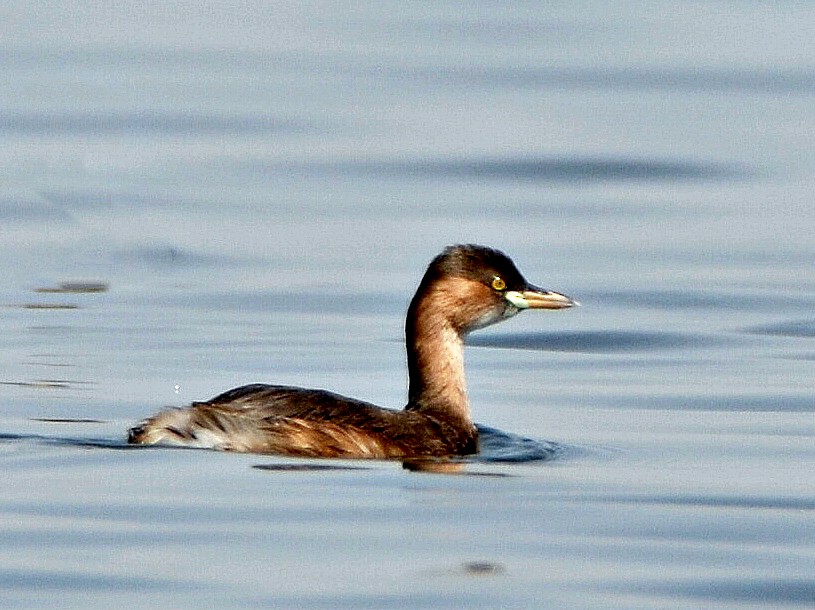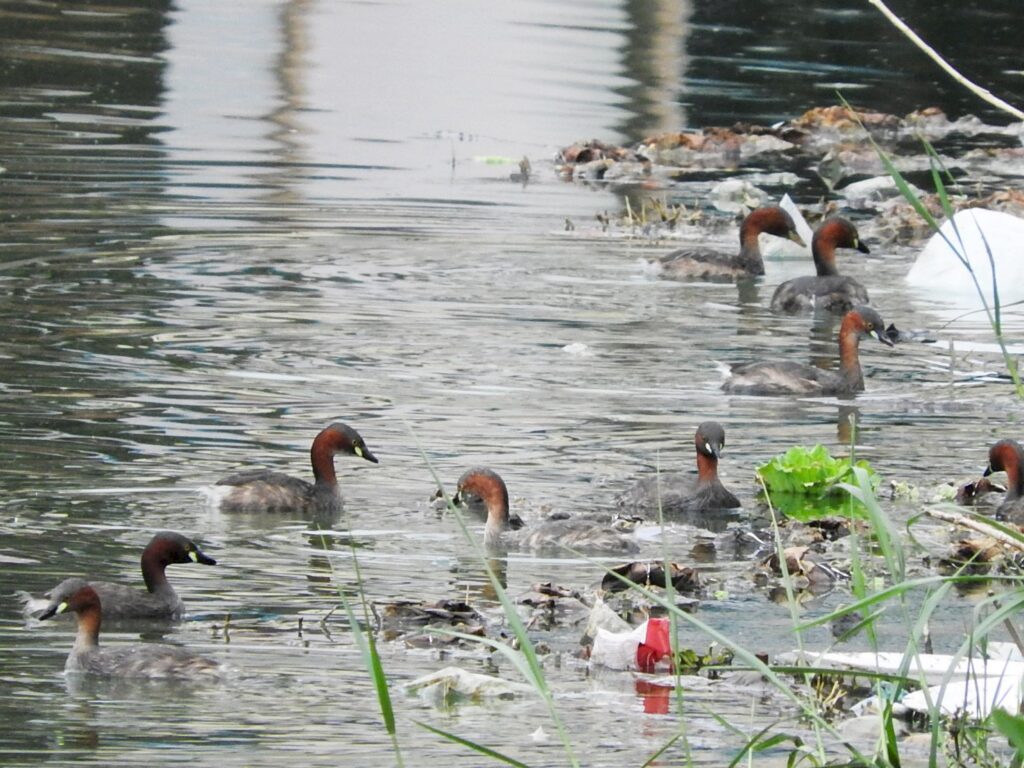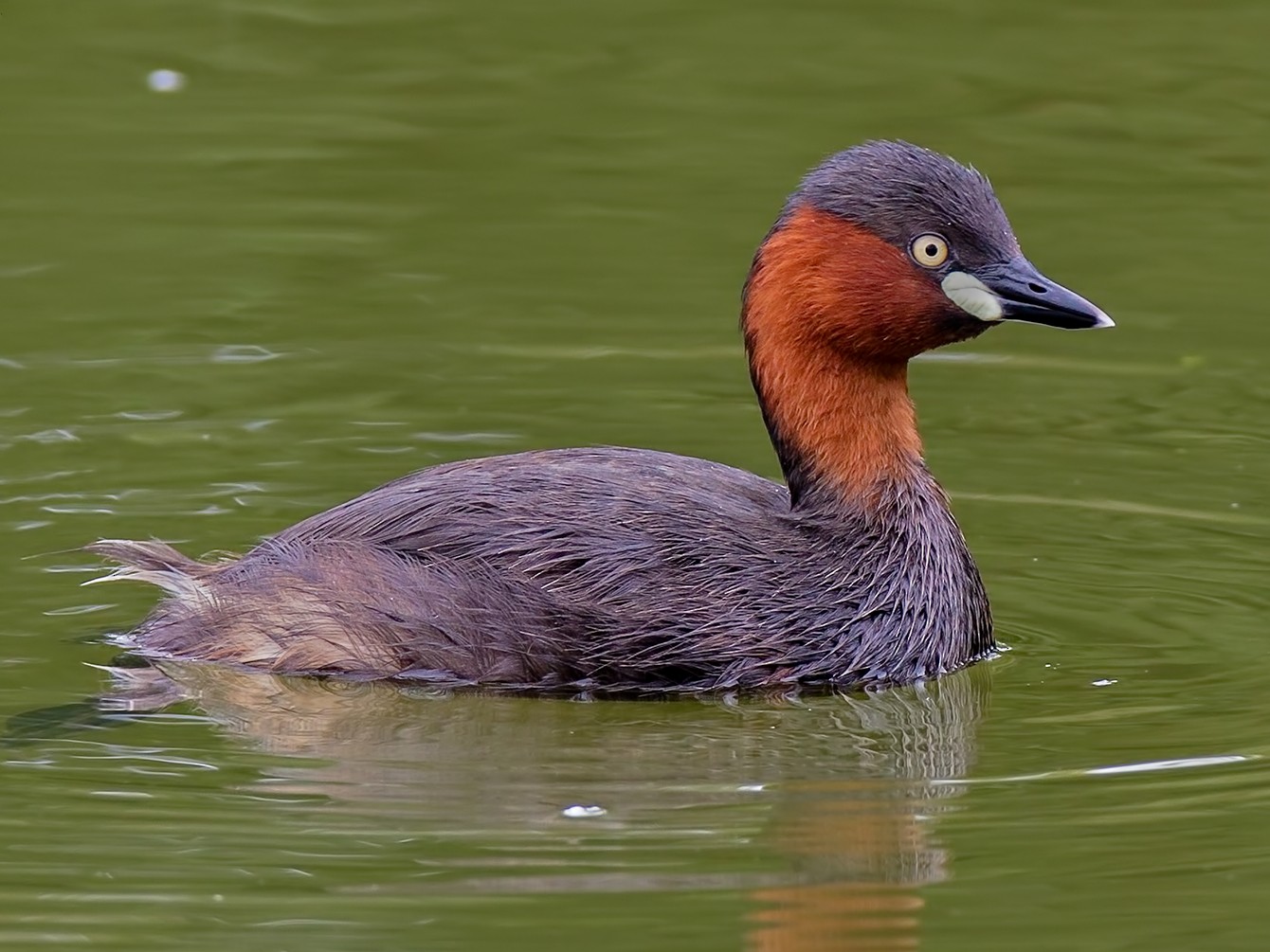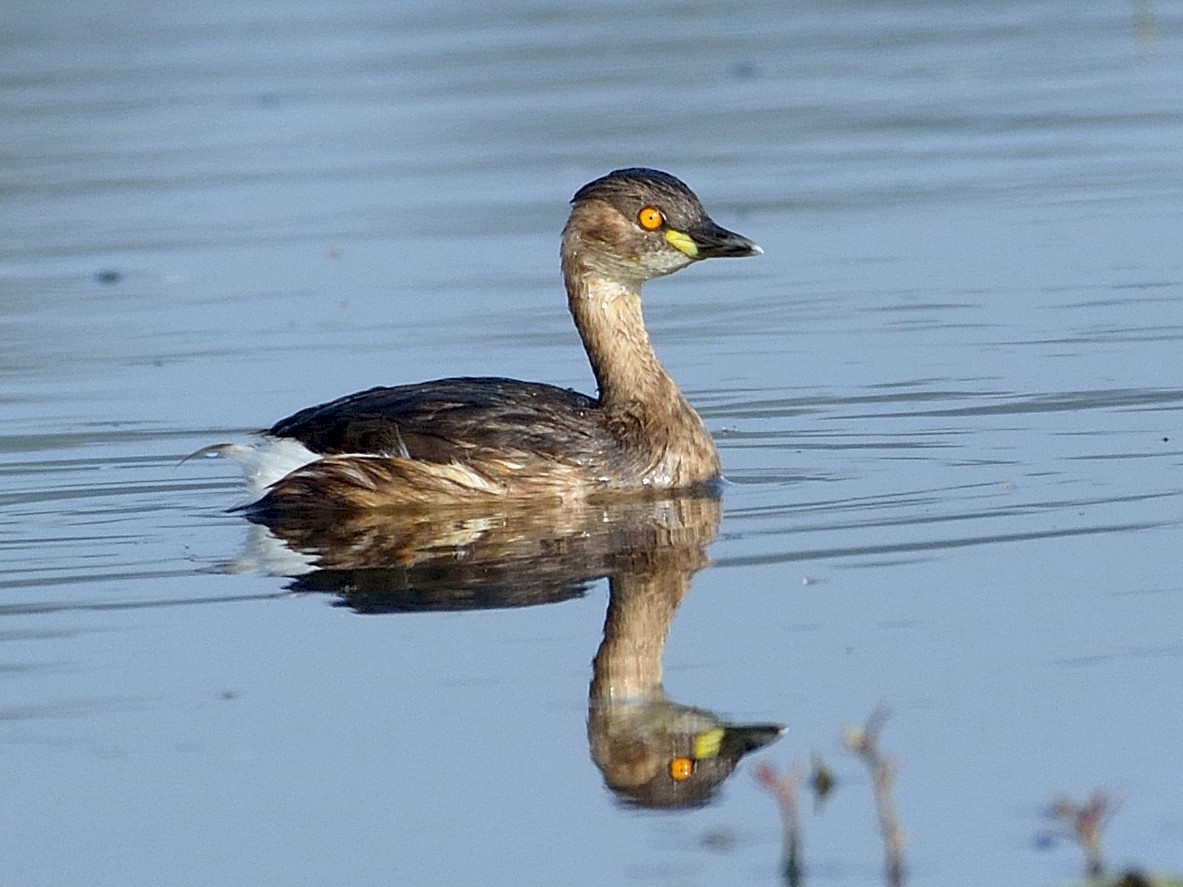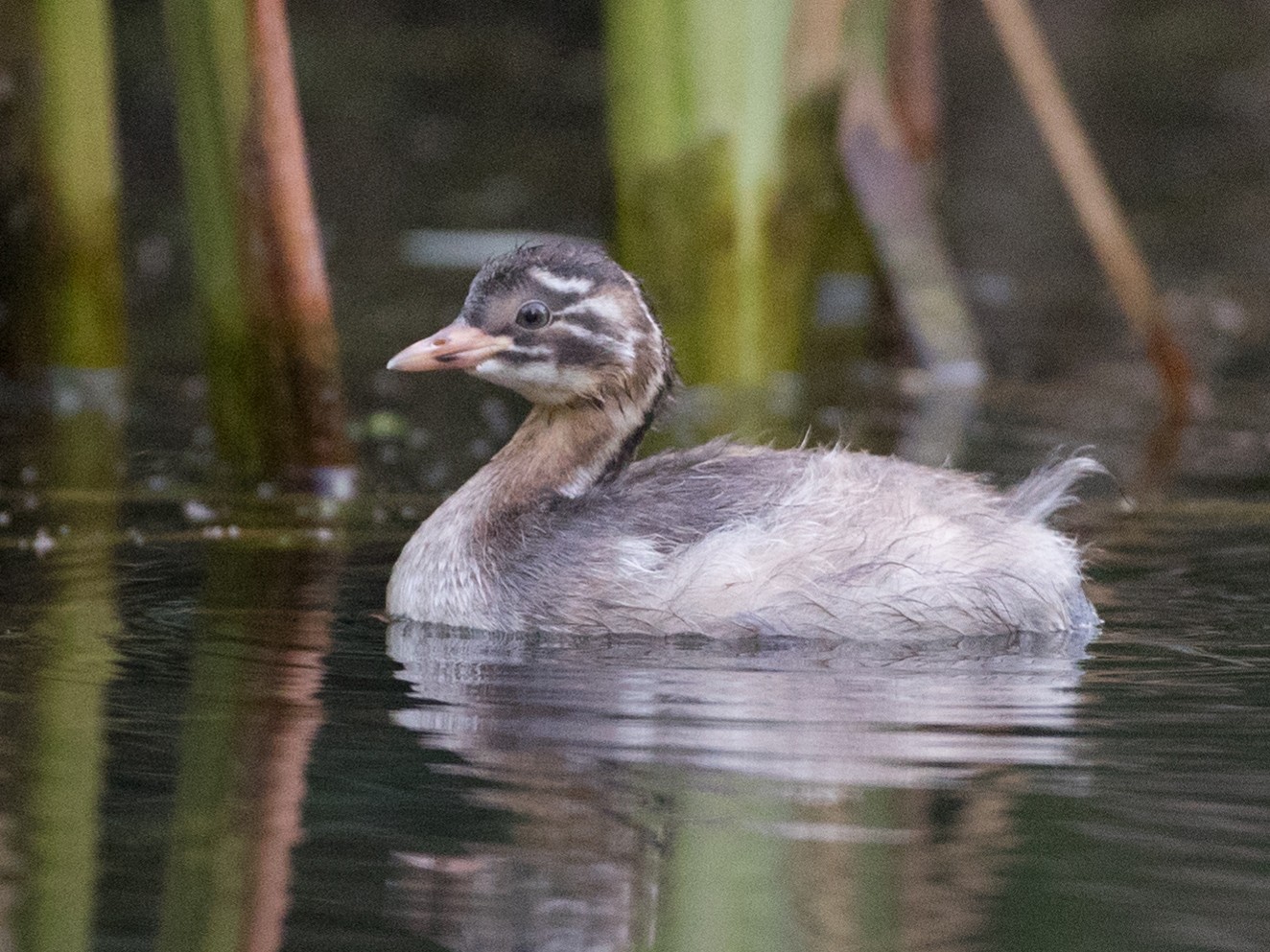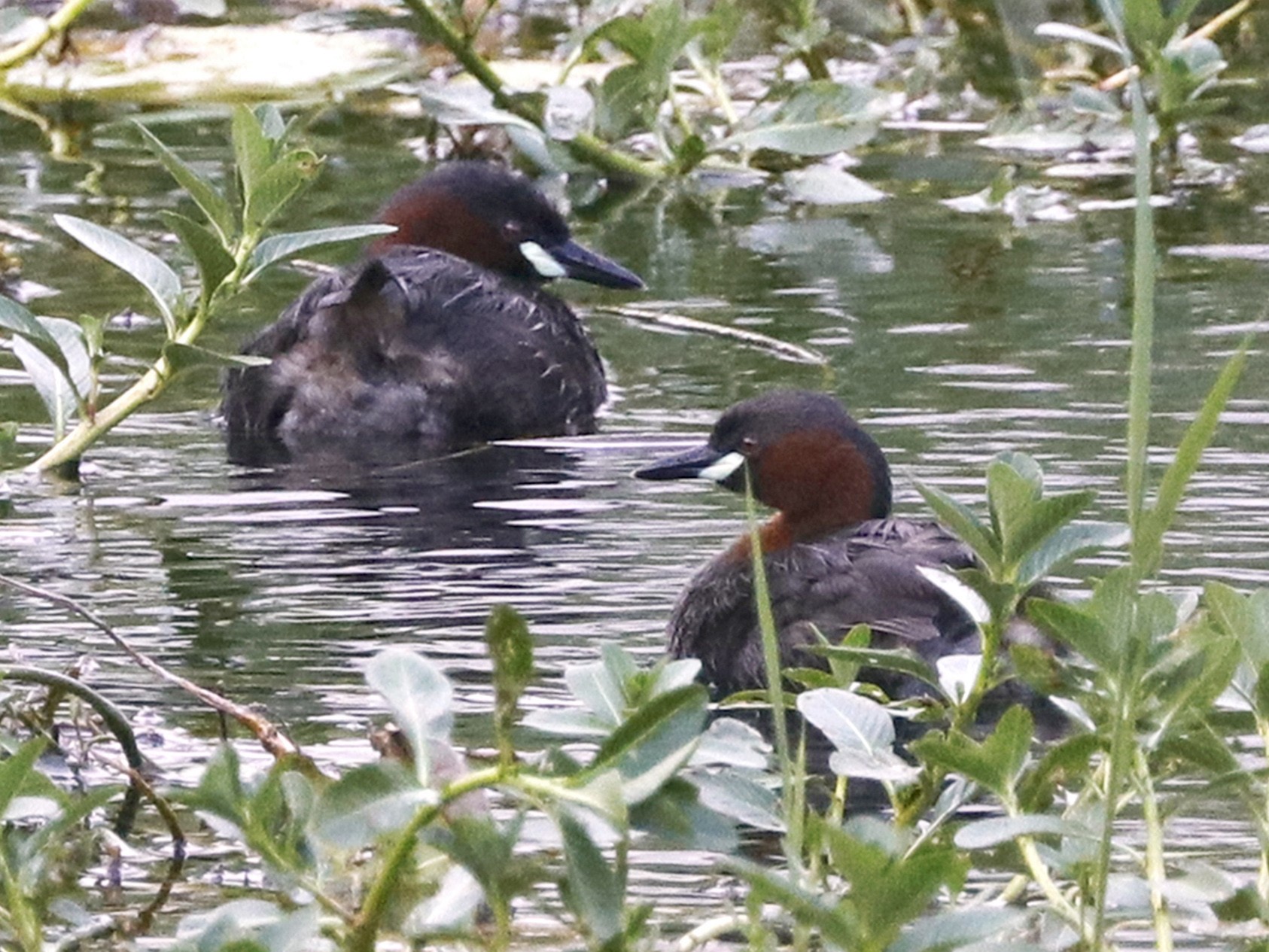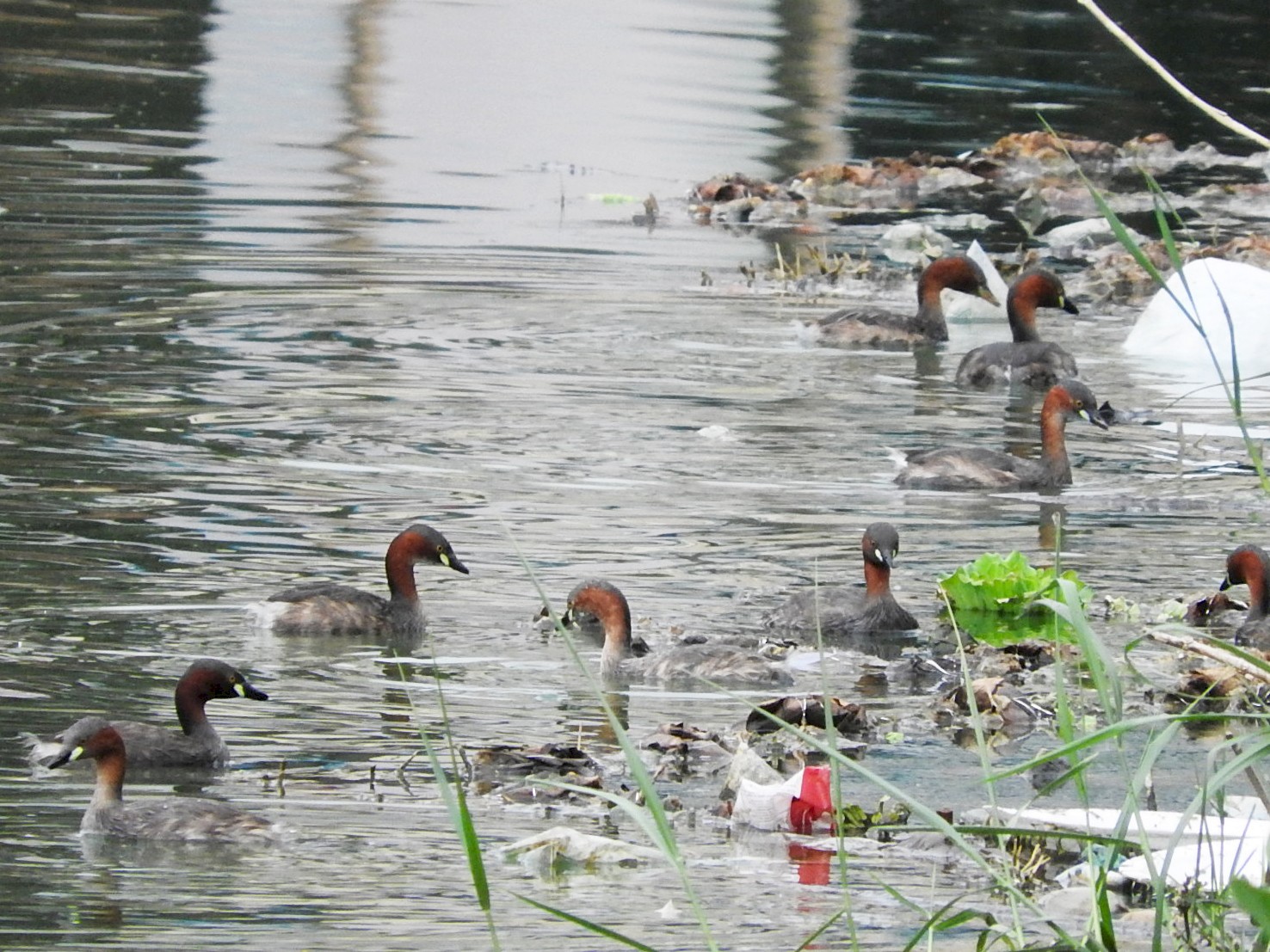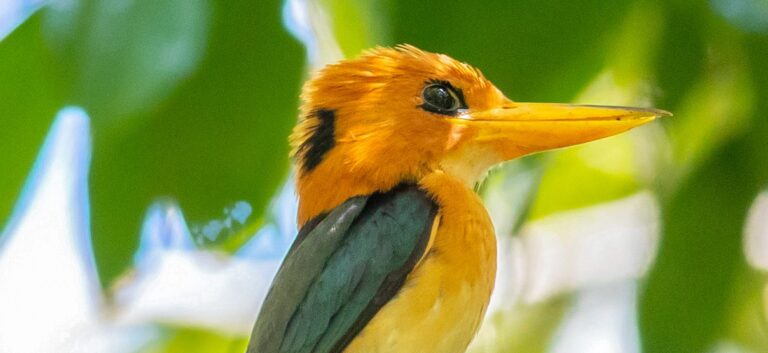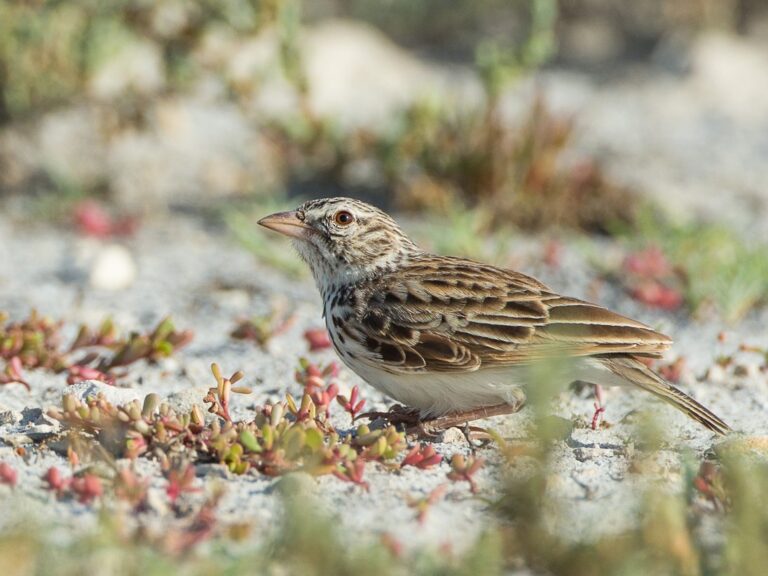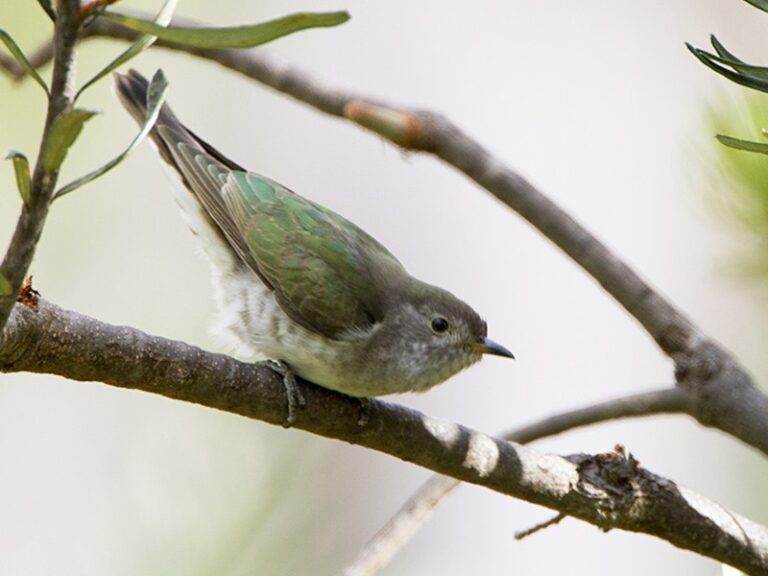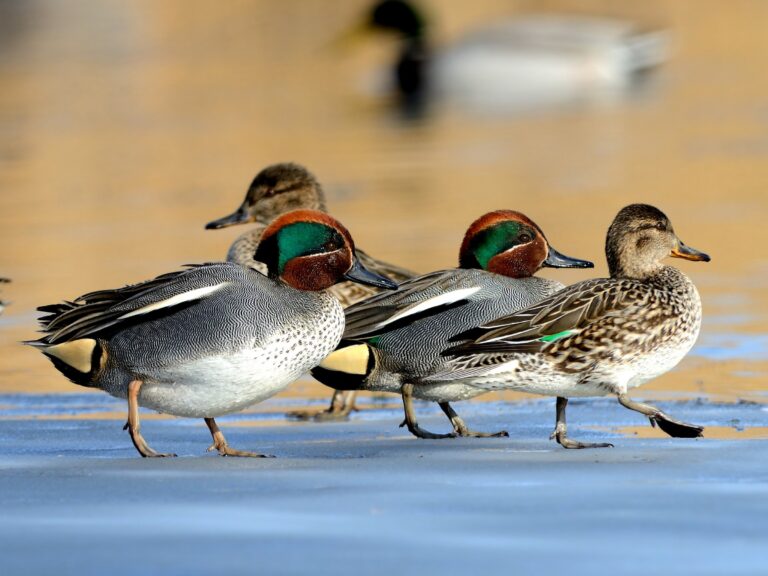Little Grebe: The Charming Aquatic Bird You Need to Know About
The Little Grebe, known scientifically as Tachybaptus ruficollis, is a small but fascinating waterbird found in various freshwater habitats. This species is recognized for its distinctive diving ability, allowing it to forage effectively for small fish and invertebrates beneath the surface. With its compact size and charming demeanor, the Little Grebe attracts birdwatchers and nature enthusiasts alike.
These birds are often spotted in shallow lakes, ponds, and marshes across Europe and parts of Asia, where they build nests hidden among reeds and water plants. They are known for their intricate mating displays during the breeding season, showcasing their agility in water. Understanding their habits and habitat preferences can provide valuable insights into the local ecosystem and the health of aquatic environments.
Conservation efforts are essential for the Little Grebe, as habitat loss and pollution pose significant threats to their populations. By learning more about this unique bird, individuals can contribute to conservation efforts and appreciate the diversity of wildlife in their surroundings.
Key Takeaways
- The Little Grebe is an excellent diver and forager in freshwater habitats.
- It reproduces in hidden nests among vegetation in lakes and ponds.
- Conservation efforts are crucial to protect the Little Grebe from habitat loss and pollution.
Species Overview
The Little Grebe is a small water bird, also known as the Dabchick. It is recognized for its distinctive features and behavior, making it a unique member of the waterfowl family. This section covers its scientific classification, physical characteristics, and behavioral traits.
Scientific Classification
The Little Grebe, or Tachybaptus ruficollis, belongs to the family Podicipedidae. This family includes various species of grebes, known for their diving abilities and aquatic habits. In terms of classification, the Little Grebe is part of the order Podicipediformes.
It has several subspecies, which can vary slightly in appearance and range. They are distributed across Europe, Asia, and Africa, with distinct populations in freshwater lakes and rivers. The classification helps in understanding their ecological roles and conservation needs.
Physical Characteristics
The Little Grebe is a small water bird, typically weighing between 200 to 400 grams. Its plumage is mostly rufous in color, especially during the breeding season. The bird has a rounded body, short neck, and pointed bill, which aid in its swimming and diving. It has unique vocalizations.
During the breeding season, the grebe displays vibrant colors, while its non-breeding plumage is more subdued and less colorful. A notable feature is its yellow gape, which becomes more visible when it calls. These characteristics help in identifying the species in its natural habitat.
Behavioral Traits
Little Grebes are proficient swimmers and divers, often seen foraging underwater for small fish and invertebrates. They exhibit several fascinating behaviors, such as the ability to sink stealthily to avoid predators.
During courtship, these birds perform elaborate displays that include synchronized diving and calling. Their nests are typically built in reeds or shallows, where they lay 3 to 6 eggs. Both parents are involved in caring for their young, showcasing strong parental instincts.
Habitat and Distribution
Little Grebes are small water birds typically found in a variety of wetland habitats. Their geographical range is extensive, covering many regions where suitable aquatic environments exist. They thrive in freshwater and some coastal areas that provide the necessary conditions for breeding and feeding.
Geographical Range
Little Grebes are distributed across parts of Europe, including the British Isles, and extend into Asia and Africa. They inhabit areas from temperate lakes to warmer coastal regions.
Their presence is most prominent in freshwater lakes and ponds, which serve as ideal locations for nesting and feeding. They migrate seasonally in some regions, often relocating to milder climates during cold months.
Preferred Habitats
These birds prefer habitats with rich vegetation. Dense areas of reeds and emergent vegetation play a critical role in their daily life.
Little Grebes are often found in wetlands that offer ample cover and food resources. They thrive in shallow waters where they can easily dive for small fish and aquatic insects. Their adaptability allows them to settle in both natural and artificial ponds, provided these sites have sufficient plant life to support their lifestyle.
Diet and Foraging
Little Grebes have unique feeding habits that focus on hunting and foraging in aquatic environments. Their diet consists mainly of small fish, molluscs, and shrimp. This section explores their specific feeding habits and typical prey.
Feeding Habits
Little Grebes are skilled divers. They hunt by diving underwater to catch their prey. These birds can remain submerged for over a minute while they search for food.
Their foraging technique involves swift movements. They use their feet to propel themselves and grab small fish, which make up a significant part of their diet.
Feeding often occurs alone, but they can be seen foraging in groups, especially in areas where food is abundant. During breeding season, they may become more territorial while hunting.
Typical Prey
Little Grebes primarily eat small fish, which include species such as minnows and young perch. They are also known to consume molluscs and small invertebrates.
Shrimp and other aquatic insects are part of their diet during foraging. These animals provide essential nutrients, helping to sustain the grebes.
Ines, crustaceans, and plant matter may also be consumed when small fish are scarce. The variety in their diet allows Little Grebes to thrive in different habitats.
Reproduction and Lifespan
Little Grebes exhibit fascinating breeding habits and have specific nesting behaviors. Their reproduction involves carefully timed breeding seasons and unique calls that attract mates. Additionally, the development of juvenile birds is crucial for the continuation of the species.
Breeding Season
The breeding season for Little Grebes typically occurs from late spring to early summer. During this time, males establish territories and perform elaborate displays to attract females. Their breeding call is distinct and helps in signaling their readiness to mate.
Males will often engage in vocal duets with females to strengthen pair bonds. Successful mating often leads to the female laying clutches of about 3 to 7 eggs, depending on environmental conditions and food availability.
Nesting Behavior
Little Grebes build floating nests on bodies of water, using reeds and aquatic plants. Nests are usually situated in shallow areas to protect them from predators. The female lays her eggs in a concealed area, often between dense vegetation.
After hatching, juvenile birds are precocial, meaning they can swim and dive shortly after birth. Parents will lead them to safe areas where they can find food. Both parents actively care for the young, providing protection and teaching them essential survival skills.
Conservation Status and Threats
The conservation status of the Little Grebe varies across regions due to environmental challenges and human impact. Understanding these factors is essential for effective protection and management of their populations.
Environmental Challenges
Little Grebes face several environmental threats that impact their habitats and breeding. One major concern is habitat loss, often due to urban development and agricultural expansion. Wetlands, their preferred nesting sites, are frequently drained or modified.
Additionally, climate change poses risks. Increased temperatures can disrupt migratory patterns and breeding cycles. For instance, cold winters may force these birds to migrate to milder areas sooner than normal, limiting their breeding success.
Pollution is another significant threat. Contaminants in water bodies can affect food availability and overall health. Invasive species also compete for resources, further stressing Little Grebe populations.
Protective Measures
To safeguard Little Grebes, various conservation efforts are underway. Protecting wetland habitats is crucial. Designated conservation areas help preserve key nesting sites and ensure that these habitats remain viable.
Monitoring programs track population health and migration patterns, providing valuable data for effective management. Public education campaigns raise awareness about the importance of wetlands and the Little Grebe’s role in the ecosystem.
Legislation also plays a vital part. Some regions have specific laws aimed at protecting migratory birds, including Little Grebes. Collaboration among governments, conservation groups, and local communities enhances these efforts, ensuring a coordinated approach to their protection.
Frequently Asked Questions
Little Grebes, also known as Dabchicks, have several unique features and habits that set them apart from other bird species. Understanding their appearance, size, and behavior helps birdwatchers and enthusiasts appreciate these interesting waterfowl more.
What distinguishes male and female Little Grebes?
Male and female Little Grebes have similar physical traits, making it challenging to tell them apart. During the breeding season, males exhibit a more vibrant plumage, often sporting a chestnut and black throat. Females, while similar, may have slightly duller colors overall.
What does the juvenile Little Grebe look like compared to adults?
Juvenile Little Grebes have a more muted color palette than adults. They display grayish-brown plumage with lighter underparts. Unlike the adults, juvenile grebes lack the distinct throat patterns seen in mature birds, making them appear less colorful and more drab.
How big is the Little Grebe?
Little Grebes are relatively small water birds. They typically measure about 25 to 30 centimeters in length. Their wingspan ranges from 55 to 67 centimeters, making them compact and agile fliers.
What adaptations do Little Grebe feet have?
Little Grebes have specially adapted feet that aid them in swimming. Their toes are lobed, which helps increase surface area for better propulsion in the water. This adaptation allows them to be agile swimmers and dive effectively when hunting for food.
Can you describe the winter plumage of the Little Grebe?
In winter, Little Grebes undergo a change in plumage. Their colors become duller, with the bright chestnut throat fading. They primarily exhibit a grayish-brown and white coloration, which provides better camouflage against the cold, reflective waters during this season.
What does the Little Grebe sound like?
Little Grebes are known for their distinctive sounds. They produce a variety of calls, including whistling and trilling notes. These vocalizations are often heard during the breeding season and can be used for communication between mates or to establish territory.
